Should a Husband and Wife Be Buried in the Same Cemetery?
When planning for end-of-life arrangements, many couples face a deeply personal decision: should a husband and wife be buried in the same cemetery? This choice is often influenced by numerous factors, including emotional connections, cultural traditions, religious beliefs, practical considerations, and family dynamics. In this blog post, we will explore the benefits and challenges of choosing a shared burial plot for spouses. By understanding these different aspects, you can make an informed decision that brings peace of mind to you and your loved ones.
Emotional and Cultural Considerations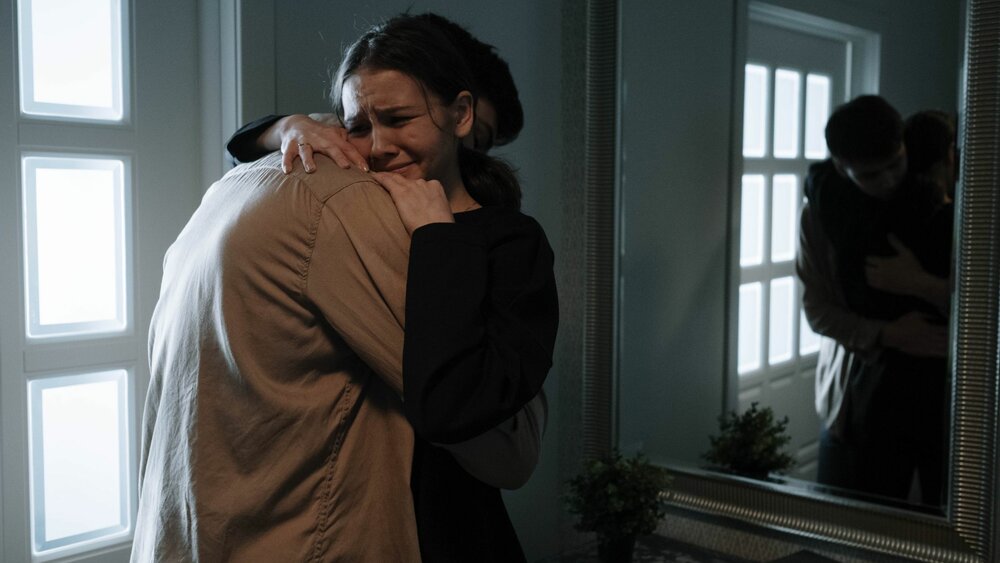
For many, the idea of a shared burial plot for spouses is a comforting thought. It symbolizes an everlasting bond and continuity even after life. When a husband and wife are buried together, it often brings a sense of unity and completeness. This can be emotionally reassuring, not only for the couple themselves but also for their family members, who may find solace in knowing their loved ones are resting side by side.
Emotional Benefits
A shared burial plot often represents the culmination of a lifetime spent together. This choice can be particularly meaningful for couples who have built a deep, lasting partnership. For many, it embodies the notion of eternal companionship. This emotional comfort can be significant, not only for the couple but also for their descendants, who may find solace in visiting the shared resting place of their loved ones.
Cultural and Religious Beliefs 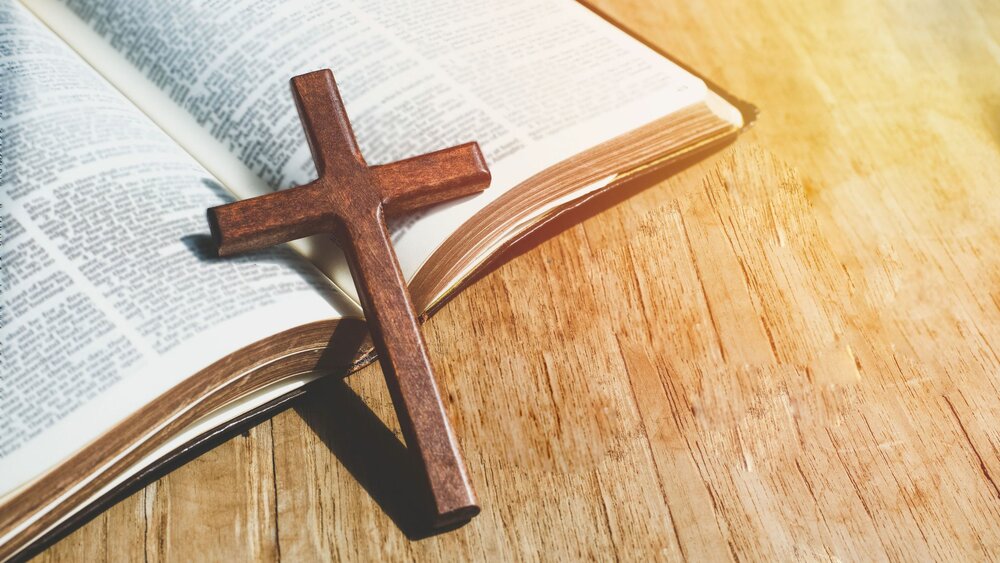
Different cultures and religions have varied beliefs about the burial of spouses. These traditions can greatly influence the decision-making process regarding shared burial plots.
- Christian Traditions: Many Christian denominations support the idea of married couples being buried together, reflecting the "till death do us part" vow. Shared burial plots are common in Christian cemeteries, often in family plots where multiple generations rest together. This practice reinforces the belief in the enduring nature of marital bonds even after death.
- Jewish Customs: In Jewish tradition, there is often a preference for spouses to be buried side by side in the same cemetery. Many Jewish cemeteries have designated family sections for this purpose, reflecting the importance of family unity and continuity.
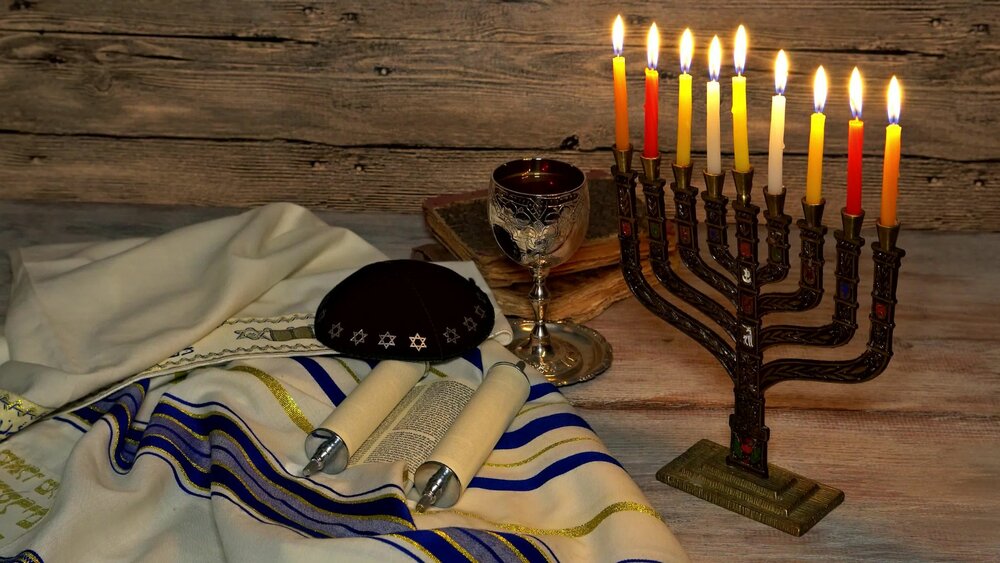
- Muslim Practices: In Islam, there is no specific requirement for husbands and wives to be buried in the same cemetery. However, the focus is on simplicity in burial rites. Despite this, many Muslim families choose to keep their loved ones close, opting for adjacent plots within the same cemetery when possible.
- Hindu Practices: Traditionally, cremation is the preferred method, with ashes scattered in a river or kept at a temple. However, some Hindu families might choose burial due to regional customs. The decision to be buried together may depend on local practices and the family's preferences.
- Cultural Norms: Beyond religious teachings, cultural norms also influence burial decisions. In some cultures, it is common to maintain large family burial plots where multiple generations rest together. Understanding these cultural differences helps couples make choices that align with their values and traditions.
Practical Factors: Plot Availability and Costs 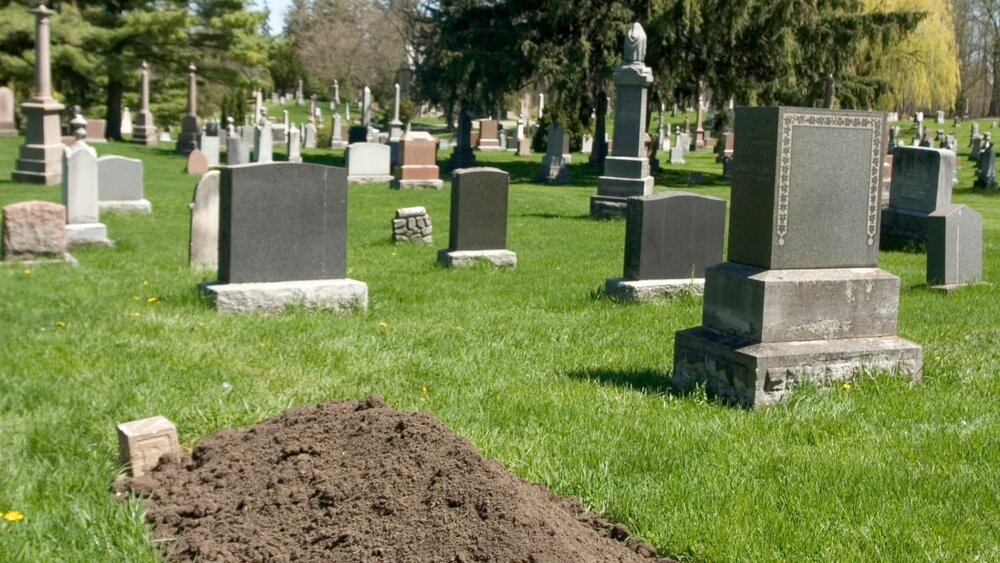
While emotional and cultural considerations often play a significant role in the decision-making process, practical factors such as plot availability and costs are also crucial. Evaluating these elements carefully can help ensure that the choice of a shared burial plot aligns with both financial and logistical needs.
Availability of Plots
The availability of burial plots in a specific cemetery can significantly impact the decision. In some older or more exclusive cemeteries, finding two adjacent plots may be challenging due to limited space. In such cases, a joint burial plot for spouses might not be an option. Alternatively, some cemeteries offer larger family plots or companion plots specifically designed for couples.
Cost Considerations 
The cost of joint burial plots is another important factor to consider. Here is a breakdown of some key costs to consider:
- Cost of Joint Burial Plots: Generally, purchasing a shared burial plot for a husband and wife can be more economical than buying two separate plots. Companion plots are often priced at a discount compared to individual plots. However, prices can vary significantly based on location, cemetery prestige, and plot size.
- Additional Fees: Beyond the cost of the plot itself, there may be additional fees for grave markers, headstones, or maintenance. For example, a shared headstone may be less expensive than two separate markers, but engraving costs could vary depending on the inscription.
- Long-Term Maintenance: When deciding whether to be buried together, couples should also consider the long-term costs associated with maintaining the grave. Some cemeteries offer perpetual care plans that include upkeep, which may be a valuable investment for those looking to ensure that their resting place remains well-maintained for future generations.
Practical Considerations for Choosing a Cemetery 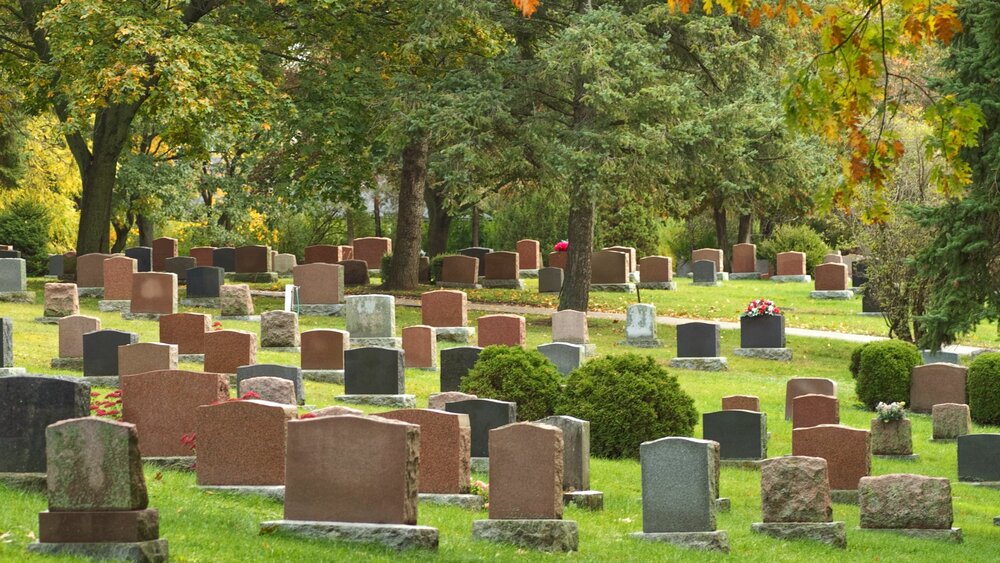
Couples should also think about the location and accessibility of the cemetery. A conveniently located cemetery can make it easier for family members to visit. Moreover, considering the burial practices of each cemetery—such as those that cater specifically to certain religious or cultural groups—can ensure that the chosen site aligns with the couple's preferences.
Family Dynamics and Future Generations
Deciding on a burial site for spouses isn’t just a personal decision; it also involves the potential impact on family members and future generations. Couples may consider the following points:
Impact on Family Visits 
When spouses are buried together in the same cemetery, it can simplify visits for family members. Loved ones may find it comforting to pay their respects at a single site. Conversely, if the husband and wife are buried in separate cemeteries, it might create logistical challenges, especially for elderly family members or those living far away.
Potential Conflicts Among Surviving Relatives
Choosing different burial locations could lead to disagreements among surviving family members. For example, one side of the family may have a strong preference for a particular cemetery due to tradition, while the other side may feel differently. Clear communication and pre-planning can help minimize potential conflicts.
Legacy and Historical Significance 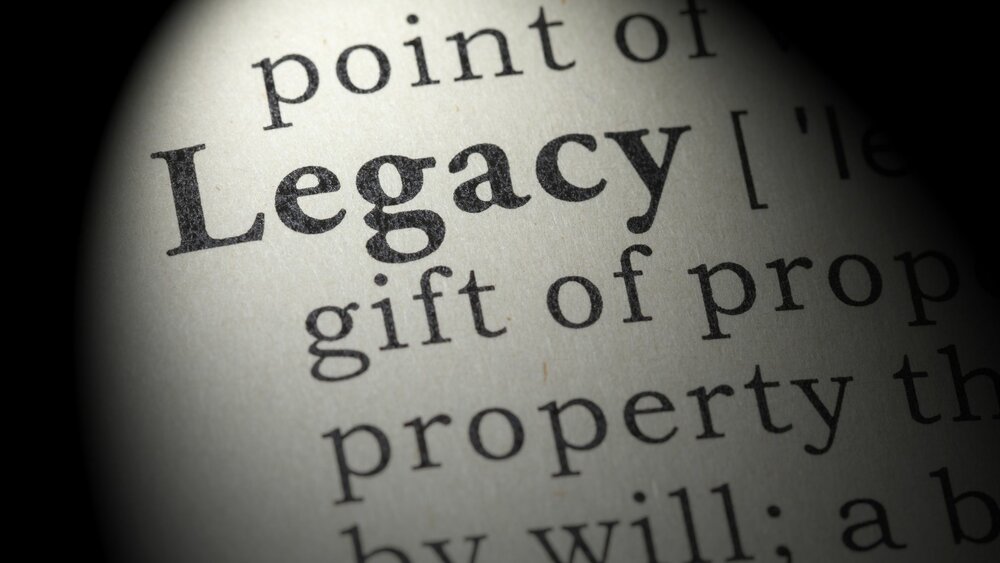
Burial choices can also affect how future generations remember and honor their ancestors. Being buried together may strengthen a sense of family unity, while separate burial sites could complicate family genealogy research or diminish a shared family narrative. Couples should think about how their choices will be perceived by future generations and what message they want to convey about their relationship and family legacy.
Conclusion
Deciding whether a husband and wife should be buried in the same cemetery is a personal and often complex decision that involves emotional, cultural, practical, and familial considerations. By weighing these factors carefully, couples can choose a burial option that best reflects their wishes and brings comfort to those they leave behind. If you are planning your final arrangements, consider consulting with a funeral director who can offer personalized guidance based on your specific needs.
For additional information - please call Willowbrook Cemetery. Our team can help you select a peaceful final resting place for your cherished one at our cemetery. You can contact us via this form or number on this page.





Comments